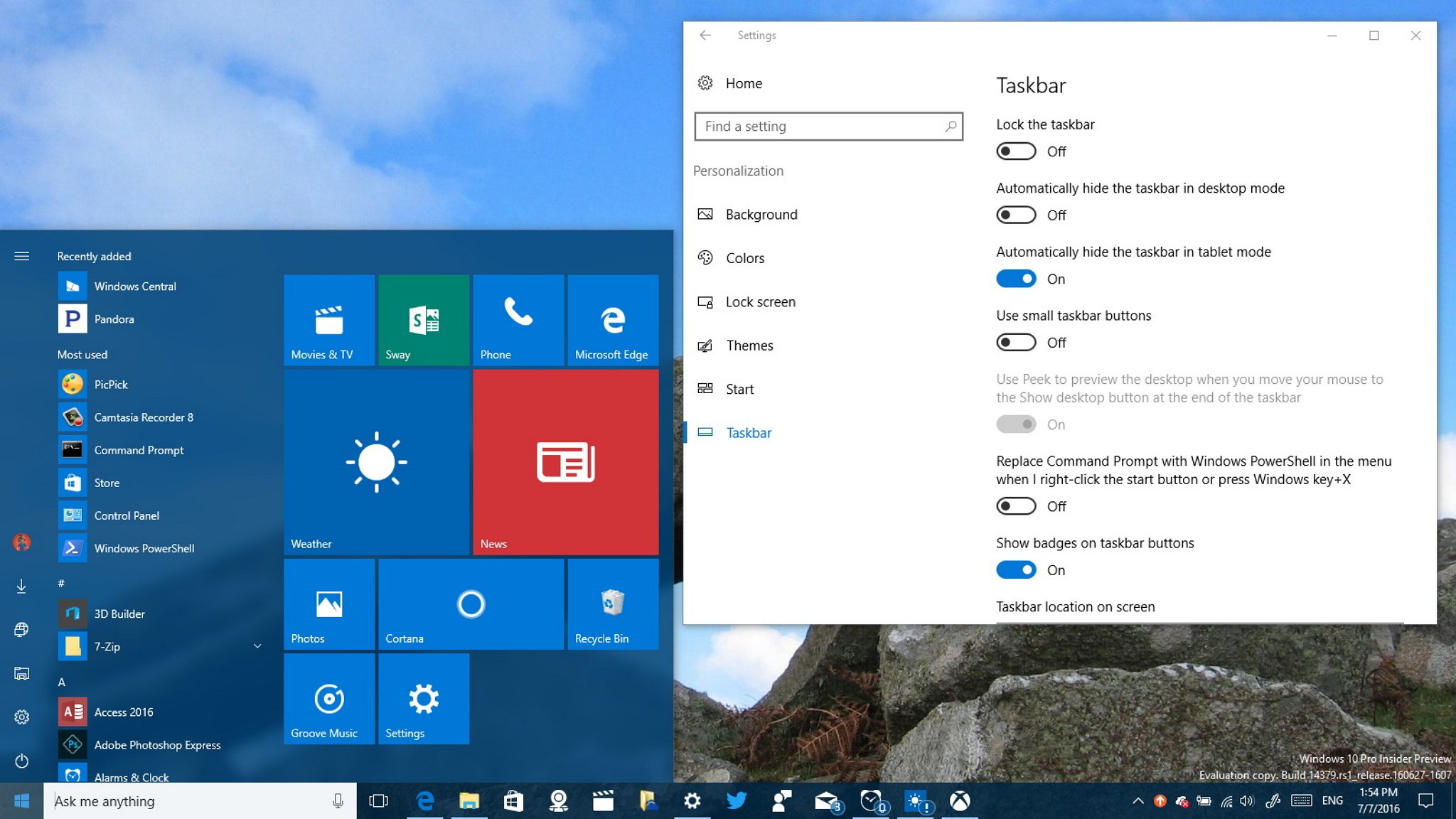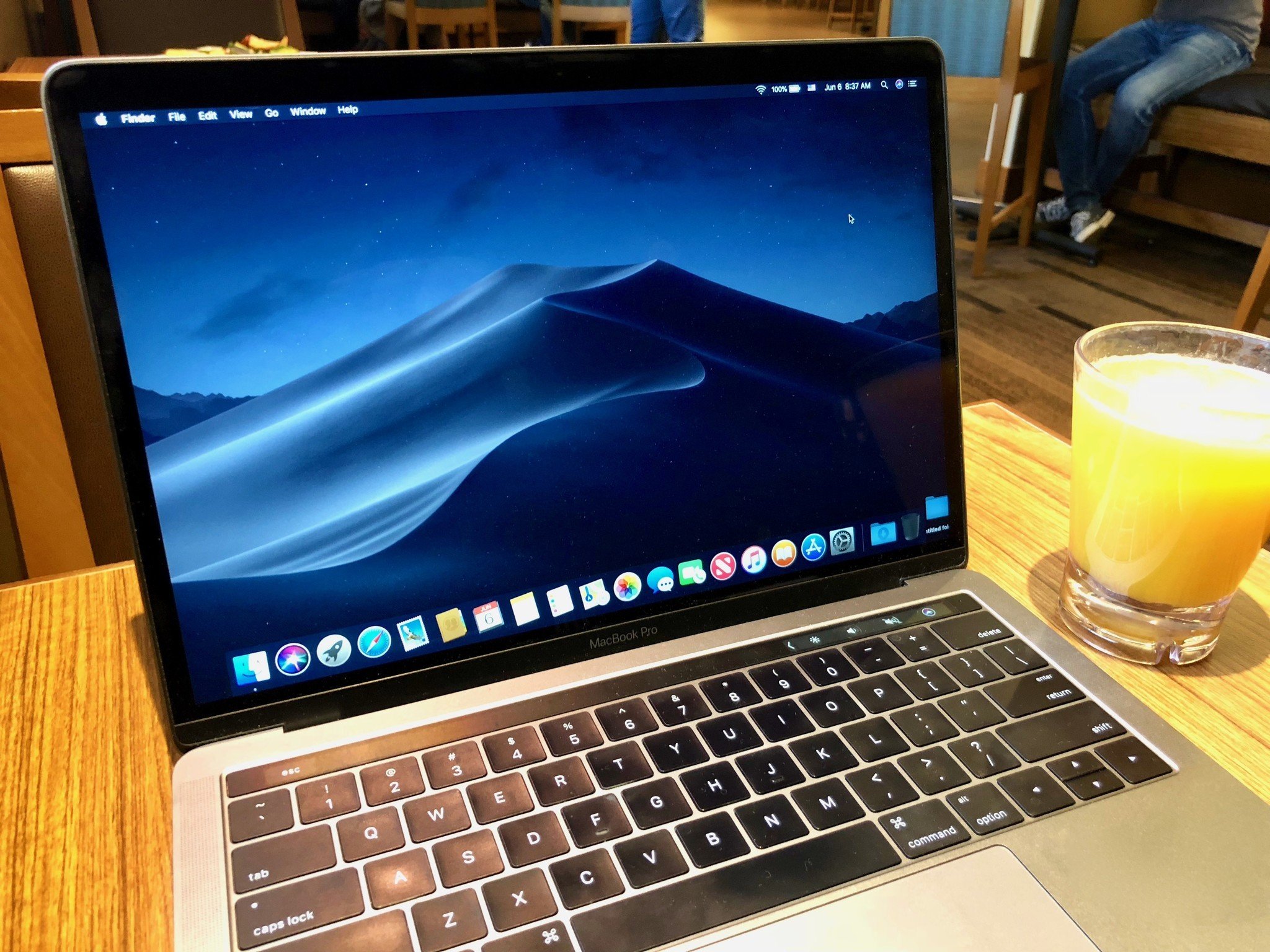Oct 09, 2018 Other things your Mac will need: macOS Mountain Lion (10.8) or later 2GB of memory 13GB of free storage if upgrading from macOS El Capitan (10.11). Jul 11, 2019 To run properly, macOS Catalina needs a considerable amount of disk space. It’s generally recommended to keep at least 15% of your main drive free. But remember, you’ll also need space for future macOS updates and all the new software that goes with Catalina. IMac (21.5 inch, Late 2013). Running Mac OS Mojave 10.14.6. Catalina still has problems and I did not update to that. Big Sur will have problems through 2023 and then I’ll look for a new computer if this one has any unsolvable problems. Upgrading for the sake of upgrading is like the new apparel put forth every year by sports teams. MacOS Mojave requires at least 2 GB of RAM as well as 12.5 GB of available disk space to upgrade from OS X El Capitan, macOS Sierra, or macOS High Sierra, or 18.5 GB of disk space to upgrade from OS X Yosemite and earlier releases. Some features are not available on all compatible models. Jun 04, 2018 Here’s MacOS Mojave 10.14 System requirements and Supported Device to install New Mac OS X Standard Requirements for MacOS 10.14: (Compay says MacOS Mojava support Metal GPU Technology models) So Supported Devices are 2012 or later Macs. Earlier 2009, 2010 and 2011 left from the next Software Update. MacBook (Early 2015 or newer). Sep 09, 2018 Also anything pre 2010 for MacBook Air, MacBook Pro, Mac Mini and Mac Pro. You’ll still require a 64bit Intel processor, Iris Graphics 4000 series or later and 8GBs of free disk space – if upgrading, as appose to clean install min plus at least 2GB of RAM – 4GB+ preferred. Jun 04, 2018 macOS Mojave System Requirements To run macOS Mojave, you’ll need a Mac that was introduced in mid-2012 or later, with the exception of 2010 and 2012 Mac Pros that have Metal-capable graphics cards installed. So, to break that down by model: MacBook (Early 2015 or later).

Find out if your system meets the requirements of the new macOS Mojave 10.4.
Apple have released a developer beta of their upcoming operating system named macOS Mojave, which will be macOS 10.14. The name MoJave continues on with their California landmarks with the name after a scenic CA region, it should be publicly available between September to November.
For this upgrade unfortunately a lot of models pre 2012 are now incompatible unlike the previous upgrades of macOS Sierra and macOS High Sierra 10.13 which hardly dropped any models on there release.
For the older Sierra upgrades Apple had already dropped support for any models pre late 2009 for MacBook and iMac. Also anything pre 2010 for MacBook Air, MacBook Pro, Mac Mini and Mac Pro.
You’ll still require a 64bit Intel processor, Iris Graphics 4000 series or later and 8GBs of free disk space – if upgrading, as appose to clean install min plus at least 2GB of RAM – 4GB+ preferred.
The Macs that will run macOS Mojave
- iMac – all models from late 2012, iMac 13,1 – 18,3
- iMac Pro – all models, iMac Pro 1,1
- MacBook & MacBook Retina – all models from late 2009, MacBook 8,1 – 10,1
- MacBook Pro – all models from 2012, MacBook Pro 9,2 – 15,1
- MacBookAir – all models from 2012, MacBook Air 5,1 – 7,2
- Mac Mini – all models from 2012, Mac Mini 6,1 – 7,1
- Mac Pro – all models from 2012, Mac Pro 6,1 and from 2010-2012 Mac Pro 5,1 models with recommended Metal-capable GPU
Which means most devices made prior to 2008 won’t be able to run it.
The ones that fall short…
– macOS Mojave won’t runon –
- iMac 4,1 – 12,1
- MacBook 1,1 – 7,1
- MacBook Pro 1,1 – 8,3
- MacBookAir 1,1 – 4,2
- Mac Mini 1,1 – 5,3
- Mac Pro 1,1 – 4,1
- Xserve 1,1 – 3,1
How you find your Mac Model Number
>Apple Menu > About This Mac > More Info … > System Report … Model Identifier
Or for you terminal freaks…
UpdatesImportant Notes:
- Using APFS is REQUIRED in Mojave in order to receive system updates via the normal Software Update method. If you choose to continue using macOS Extended (Journaled) as your filesystem type, you will NOT receive System Updates via System Preferences. If you are not using APFS, you can follow the 10.14.1 installation steps below.
- After applying ANY system update via Software Update, re-applying post-install patches using your Mojave Patcher installer volume will most likely be necessary. If you install a software update and the system fails to boot afterwards, this is what needs to be done.
10.14.6
10.14.6 can be updated normally via Software Update if using an APFS volume, and will need to be patched using an installer volume created with Mojave Patcher version 1.3.2 or later after installing.
10.14.5
10.14.5 can be updated normally via Software Update if using an APFS volume, and will need to be patched using an installer volume created with Mojave Patcher version 1.3.1 or later after installing.
10.14.4
10.14.4 adds new changes that ARE NOT patchable by the post-install tool of Mojave Patcher v1.2.3 and older! Before updating to 10.14.4, you you will need to use the latest Mojave Patcher version to create a new installer volume, using the 10.14.4 installer app. Then, update to 10.14.4, either by installing via Software Update, or by just using the installer volume you've created to install.

10.14.3
If you are currently running 10.14.1 or 10.14.2, you can simply use the Software Update pane of System Preferences (if using APFS) to apply the 10.14.3 update. Once the update is installed, you will most likely need to re-apply post-install patches to get the system to boot again. This process is detailed in steps 8 - 10 above. If you are currently running 10.14.0, you'll need to proceed with the 10.14.1 update method described below.
Mac Os Versions
10.14.2
If you are currently running 10.14.1, you can simply use the Software Update pane of System Preferences (if using APFS) to apply the 10.14.2 update. Once the update is installed, you will most likely need to re-apply post-install patches to get the system to boot again. This process is detailed in steps 8 - 10 above. If you are currently running 10.14.0, or are using a non-AFPS volume, you'll need to proceed with the 10.14.1 update method described below.
10.14.1/macOS Extended (Journaled) volumes
Mac Os Catalina
The Mojave 10.14.1 update does NOT install properly on unsupported machines, and could result in an unbootable OS. If you want to install the 10.14.1 update (and are not currently running 10.14.1), perform the following steps:
• Download the latest version of Mojave Patcher
• Download the installer using the Tools menu of Mojave Patcher
• Create a patched USB installer
• Boot from that, and install 10.14.1 onto the volume containing an older release.
• Once done, apply the post-install patches, and you should now be on 10.14.1.